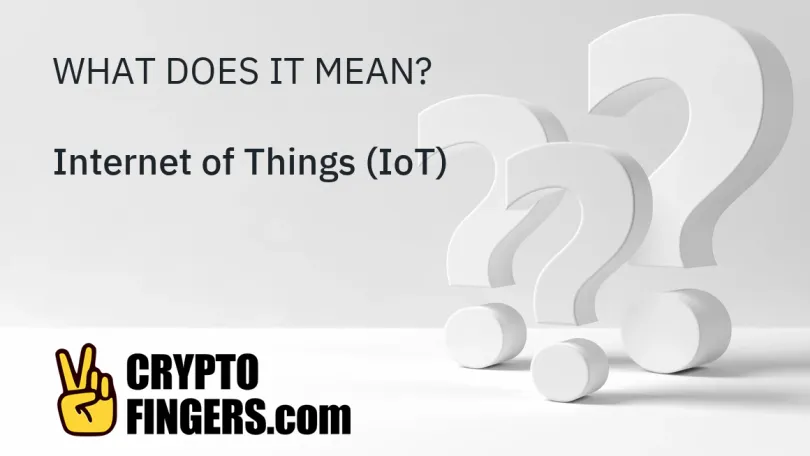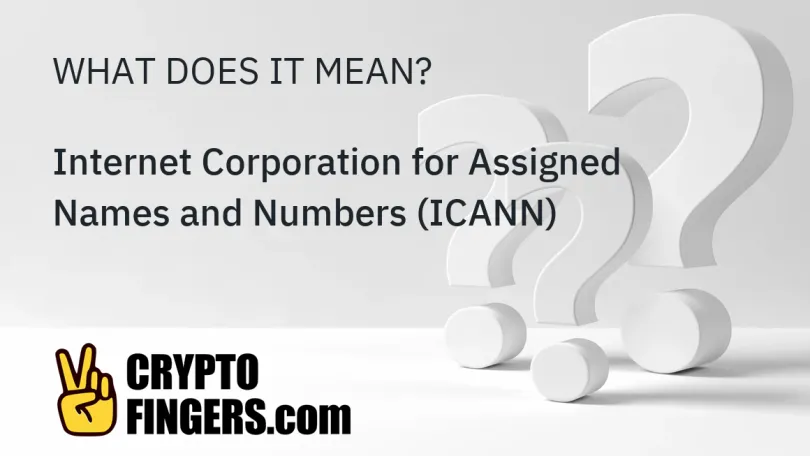⁝⁝⁝
Publications
An internet service provider (ISP) is a term for a company or organization that provides users with internet access. The services they provide range from simple internet access to domain..
The Internet of Things (IoT) refers to physical objects that are connected to the internet to enable features. IoT devices include appliances, home media systems, and security systems..
A meme is typically an image or short video with added text, often intended for humor, that is widely shared and circulated by internet users through a variety of social media platforms..
The internet layer is made up of the main data transmitting communication components that allow the internet to operate, such as the Transmission Control Protocol (TCP) and the Internet..
The Internet Corporation for Assigned Names and Numbers (ICANN) is an international body based in the U.S. that is in charge of maintaining many of the internet's databases and their..
Internet Computer Protocol (ICP) is the name of the underlying blockchain system of the DFINITY project. ICP is an Ethereum, Polkadot, and Cardano competitor that claims it is capable..
The Internet Assigned Numbers Authority (IANA) is an international body that keeps track of the IP addresses, domain names, Domain Name Systems (DNSs), and protocol parameter identifiers..
The International System of Units (SI) is the international standardization for measurement, commonly known as the metric system. The SI is made up of seven base units including length..
The International Monetary Fund (IMF) is an international financial institution and a non-governmental organization (NGO) based in Washington D.C. It is made up of 190 representative..
Interest is the amount of money that a lender charges for borrowing money. Interest rates are expressed as a percentage of the amount lent and are typically calculated on an annual basis..
⁝⁝⁝
Trending news
- Artificial Intelligence (AI)
- Altcoins
- Bitcoin
- DeFi
- Ethereum
- Economy
- Market and Events
- Metaverse
- Mining
- NFT
- Regulation
- Web3
- show less
⁝⁝⁝ Test your knowledge



























